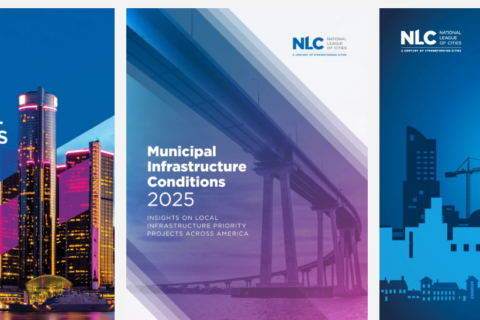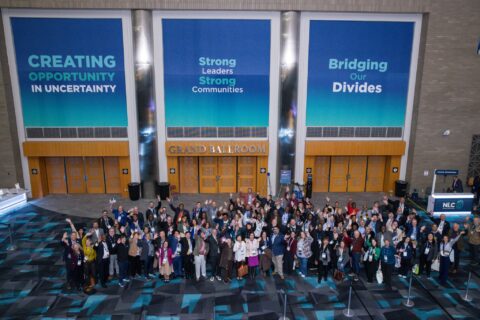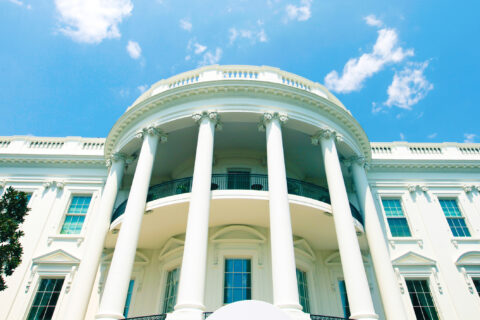Single Audit. For some of us, the two words together are a longtime foe that sends shivers down your spine. For others of us, it leaves us scratching our heads. No matter how you align, the American Rescue Plan Act (ARPA) State and Local Fiscal Recovery Fund (SLFRF) thrust us into a world where every elected official and city finance officer needs to know about it and what might be required for our communities.
This article will help you understand the regulation and program requirements for SLFRF recipients and give an overview of relief provided recently by the Office of Management and Budget (OMB).
What is the Single Audit?
The Single Audit is a foundational part of OMB’s Uniform Administrative Requirements, Cost Principles, and Audit Requirements for Federal Awards, commonly referred to as “Uniform Guidance” or Title 2 U.S. Code of Federal Regulations (CFR) Part 200. The purpose of Uniform Guidance is to provide a government-wide set of rules and requirements for the reporting of federal grants. The Single Audit reviews how you managed the grant and ensures you followed the rules for dollars associated with the grant or award.
Who is required to complete a Single Audit?
A nonprofit or governmental organization with federal expenditures in excess of $750,000 is required by the Single Audit Act to have a Single Audit performed, which includes an audit of both the financial statements and the federal awards. It is not just dollars expended that care directly from the federal government – pass through grants also count towards the $750,000 demarcation.
Local governments subject to the Single Audit Act are required to prepare and have audited a Schedule of Expenditures of Federal Awards (SEFA) which includes the amounts expended, not the amount received, during the fiscal year. Uniform Guidance requires the independent auditor performing a Single Audit render an in-relation-to opinion on the SEFA as part of the independent auditor’s report on the government’s financial statements.
While preparing GAAP basis financial statements can be a daunting task, most of the necessary information (numbers) is located in the general ledger. If your municipality has internal controls in place to monitor and report activities on your SEFA, please read these resources from GFOA on best practice on internal controls for grant management and SEFA preparation.
- GFOA Resources:
For those of you who were lost, you are not alone! Just keep reading.
What does the Single Audit mean for my ARPA SLFRF spending?
As you can imagine, the $750,000 threshold that triggers a Single Audit became quickly out of touch in the wake of ARPA. More than 26,000 recipients of ARPA funds have expended a substantial amount of federal funds on the approved expenditures of the law – while at the same time blowing through the regular volume of expected entities subject to the Single Audit Act.
Some industry experts estimated that ARPA would create an additional 10,000 or 20,000 Single Audits in each year under the covered period, according to the American Institute of Certified Public Accountants.
Because of this staggering statistic, the Government Finance Officers Association, the National Association of Counties, and the National League of Cities appealed to the United States Treasury and the OMB to ease the burden and cost of a Single Audit for thousands of small local governments. We asked for proposed relief and received some in the form of an exemption from Single Audit for very specific qualified entities.
What do I need to know about the Single Audit exemption?
- If you think that your entity is eligible for an exemption from Single Audit after reading the next nine points, call your auditor! We cannot stress enough how important it is for you to establish internal controls that sufficiently underpin an effective audit process. Your auditor will walk you through eligibility and compliance.
- The relief is documented in 2021 Single Audit Compliance Supplement , which is the Uniform Guidance accommodation of ARPA’s SLFRF. The revision is located in Addendum 3.
- Addendum 3 includes a simplified Single Audit process (an “Attestation”) for those direct recipients that are considered exempt from the Single Audit if it was not for the expenditures of SLFRF funds.
- This alternative is intended to reduce the burden of a full Single Audit or Program-Specific Audit on eligible recipients (estimated at more than 10,000 entities) and practitioners.
- This alternative applies to fiscal year audits beginning after June 30, 2020.
- Attestation would result in an auditor’s opinion on compliance which includes an assessment of two activities, specifically “activities allowed” (which are the activities that the federal program has determined the funds can be used for or cannot be used for) and “unallowed/allowable cost” (which describes the types of costs that can be charged to a federal program and generally only necessary and reasonable costs qualify).
- Attestation is optional – if you’d like to conduct a full Single Audit, you can!
- Eligibility is limited:
- Attestation (instead of Single Audit) eligibility would only apply to direct recipients either from Treasury or from the States (NEUs) receiving under $10millionin total allocations.
- Attestation (instead of Single Audit) eligibility would apply to direct recipients only if other Federal award funds the recipient expended are less than $750,000 during the recipient’s fiscal year – not including their SLFRF award funds.
- Single Audit would still apply if the recipient spends over $750K in any other federal funds.
- Uniform Guidance (UG) and the 2021 Single Audit Compliance Supplement still applies to ALL expended funds, whether the recipient performs an Attestation or a Single Audit.
About the Authors
Written in collaboration with
Emily Brock, Director, Federal Liaison Center, Government Finance Officers Association,
Eryn Hurley, Director of Government Affairs & Federal Fellowship Initiative, National Association of Counties, and
Michael Gleeson, Legislative Director, Finance, Administration and Intergovernmental Relations, National League of Cities.








